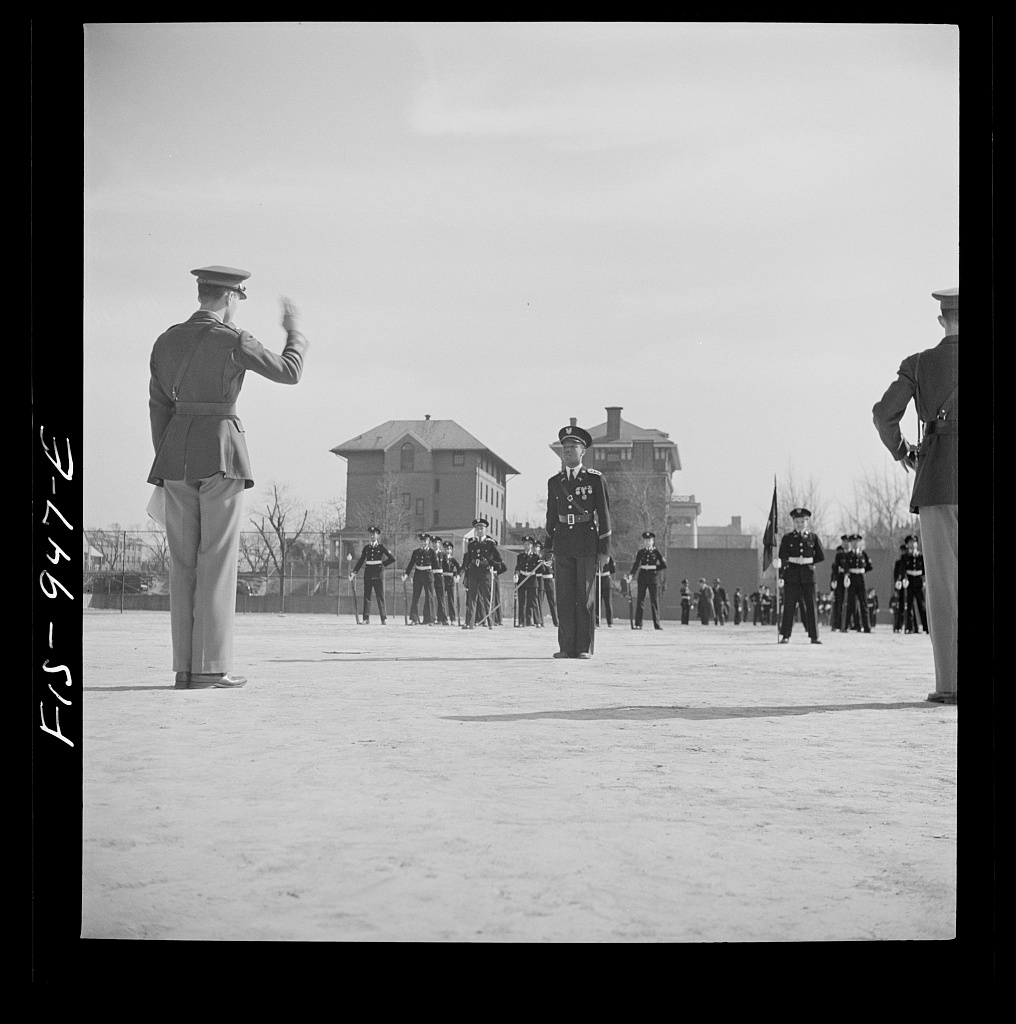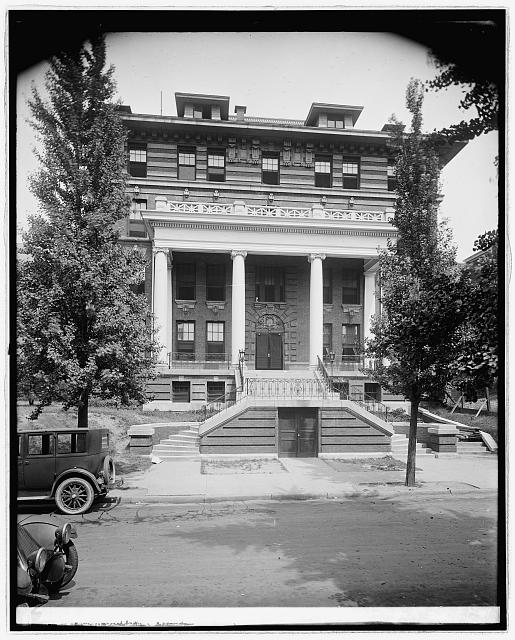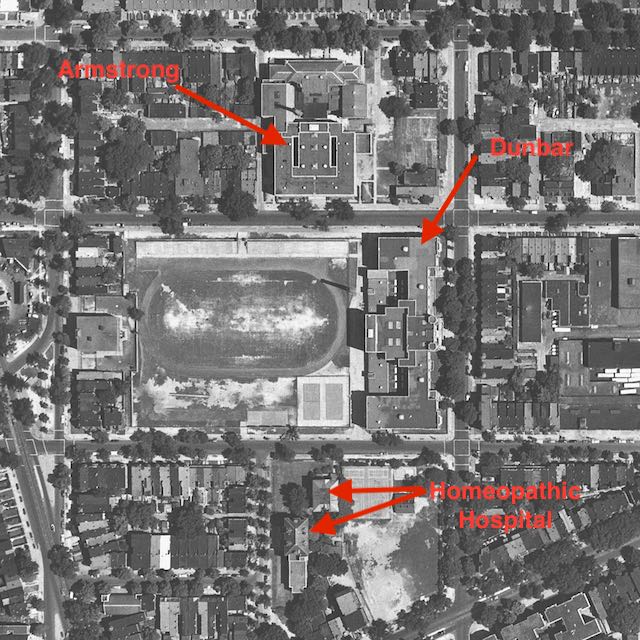The Washington Sanitary Improvement Company (WSIC) was a late 19th century charitable capitalism experiment that ended in the 1950s. This blog started looking at the homes that were supposed to be sold to African American home buyers, after decades of mainly renting to white tenants.
Looking at WSIC properties they tend to have a pattern where the properties were sold to a three business partners, Nathaniel J. Taube, Nathan Levin and James B. Evans as the Colonial Investment Co. for $3 million dollars. Those partners sold to African American buyers. There was usually a foreclosure. Then the property wound up in the hands of George Basiliko and or the DC Redevelopment Land Agency (RLA). Then there was the odd lucky ones who managed to avoid that fate.
Let’s see what happens with 215 P St NW:
- December 1950 (recorded Jan 18, 1951) Evans, Levin and Taube sold one-half of 215 P NW to Sudell M. and Walter Williams.
- December 1950 (recorded Jan 18, 1951) the Williams borrowed $3,000 from Colonial Investment Co. favorite trustees Abraham H. Levin and Robert G. Weightman.
- January 1951 Evans, Levin, and Taube sold the other half of 215 P St NW to James J. and Lucille T. Meredith.
- Jan 1951 the Merediths borrowed $3,150 from trustees Abraham H. Levin and Robert G. Weightman.
- November 1953 the Merediths sold their half to the Williams.
- May 1966 the Williams borrowed $9,000 at 6.5% interest from the Suburbia Federal Savings and Loan Association.
- August 1966 it appears that the Williams were released from the Levin and Weightman mortgages that they and the Saunders took on in 1950.
- October 1968 the Williams lost their home to foreclosure and via an auction the mortgager Suburbia Federal Savings and Loan owned it.
- November 1968, Dorothy C. and Elvin L. Brincefield bought the property borrowing $7,920 from Suburbia Federal Savings and Loan.
- December 1968, as the Brincefield Company they loaned/borrowed?? I don’t understand the document.
- November 1971, the Brincefields sold the property to the DC Redevelopment Land Agency (RLA).
The lesson learned here is that if your foreclosure is with someone other than the Colonial Investment Co. partners, then it does not fall into the hands of George Basiliko. But it wound up being owned by the DC RLA.
The Merediths had a not so common name so I will look into their history. In the 1950 census James Junior Meredith was an African American truck driver living at 1115 8th St in an apartment with his wife Lucille, a maid, their 1 year old daughter Carolyn and his mother in law. August 23, 1960 James died. They were living at 208 Bates Street at the time of his death, as renters. I’ll give my regular readers 1 guess at who their slumlord was. He left behind his wife Lucille, and children Carolyn, Kenneth and Patricia.
The Williams were so close to beating the normal fate. Unfortunately, Williams is too common of a name to research. Yes, Sudell is an uncommon first name, but her maiden name was Sudell Myrtle Jones.






 Looking at WSIC properties they tend to have a pattern where the properties were sold to a three business partners, Nathaniel J. Taube, Nathan Levin and James B. Evans as the Colonial Investment Co. for $3 million dollars. Those partners sold to African American buyers. There was usually a foreclosure. Then the property wound up in the hands of George Basiliko and or the DC Redevelopment Land Agency (RLA). Then there was the odd lucky ones who managed to avoid that fate.
Looking at WSIC properties they tend to have a pattern where the properties were sold to a three business partners, Nathaniel J. Taube, Nathan Levin and James B. Evans as the Colonial Investment Co. for $3 million dollars. Those partners sold to African American buyers. There was usually a foreclosure. Then the property wound up in the hands of George Basiliko and or the DC Redevelopment Land Agency (RLA). Then there was the odd lucky ones who managed to avoid that fate.